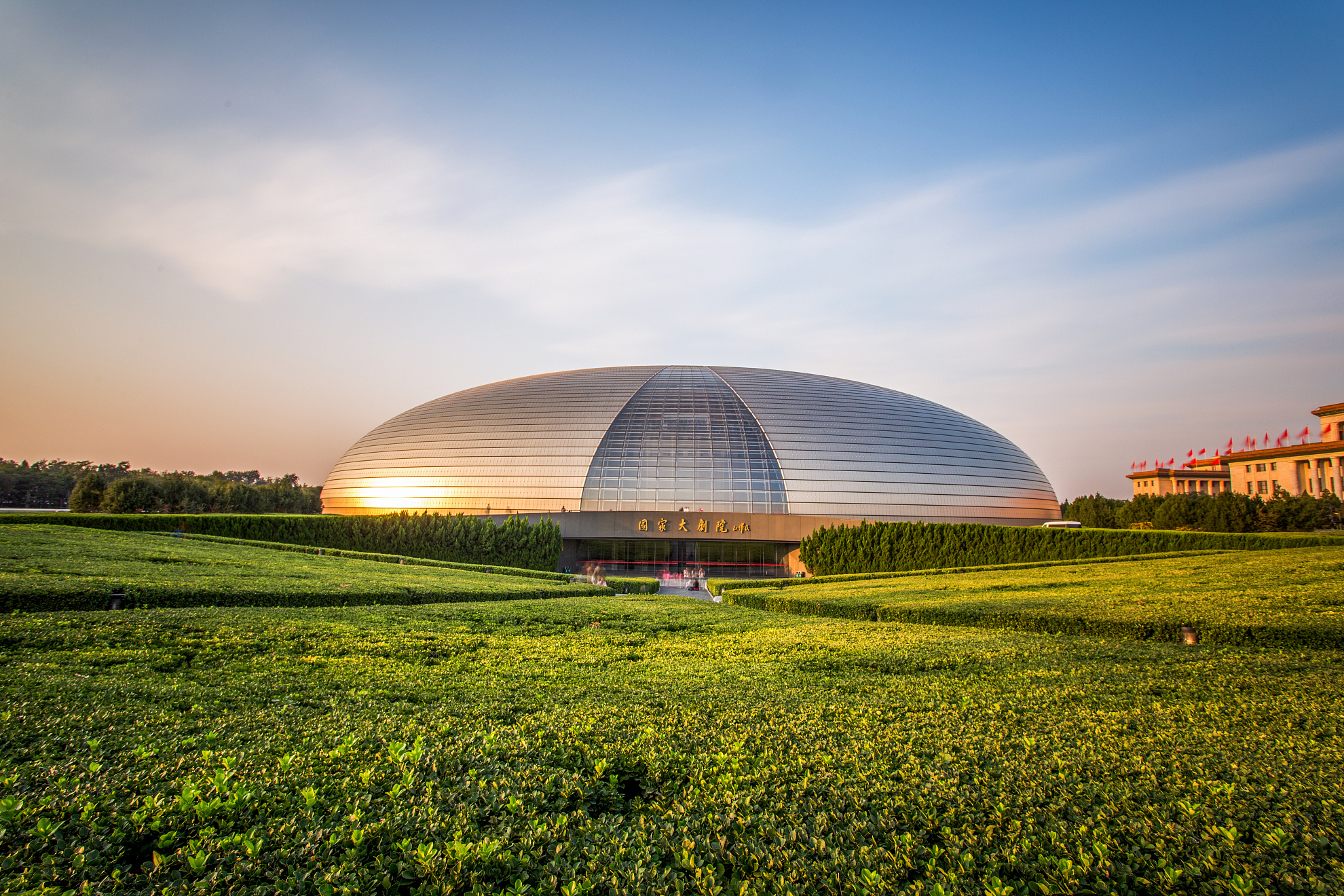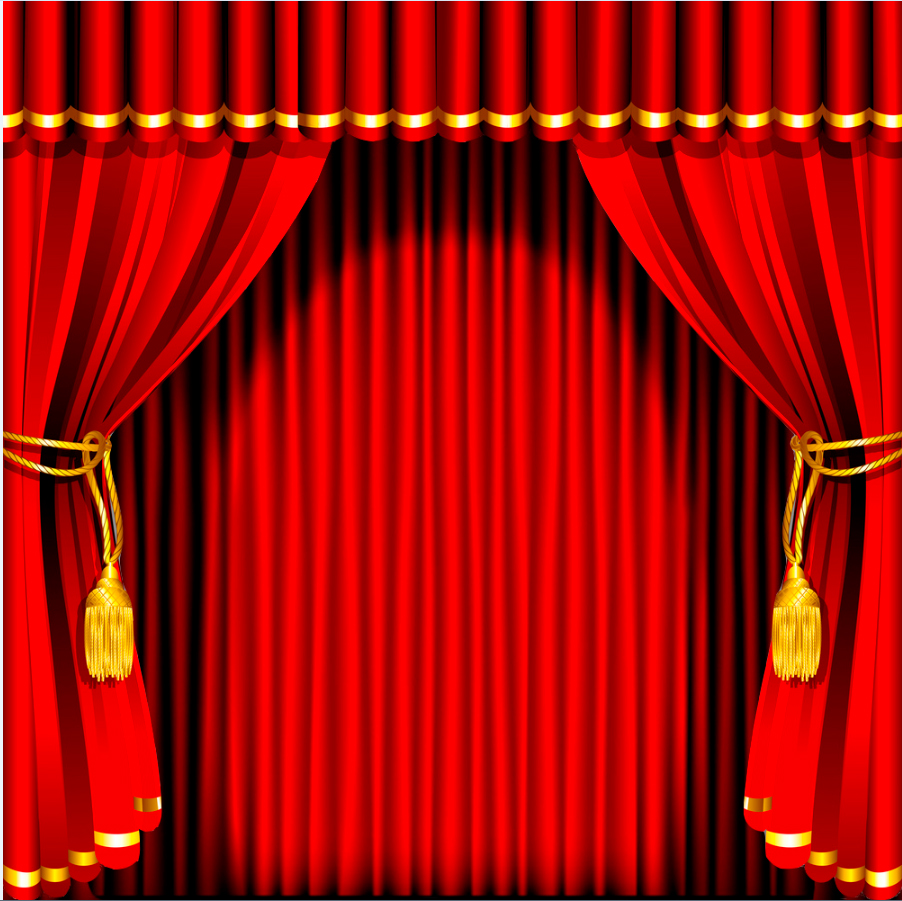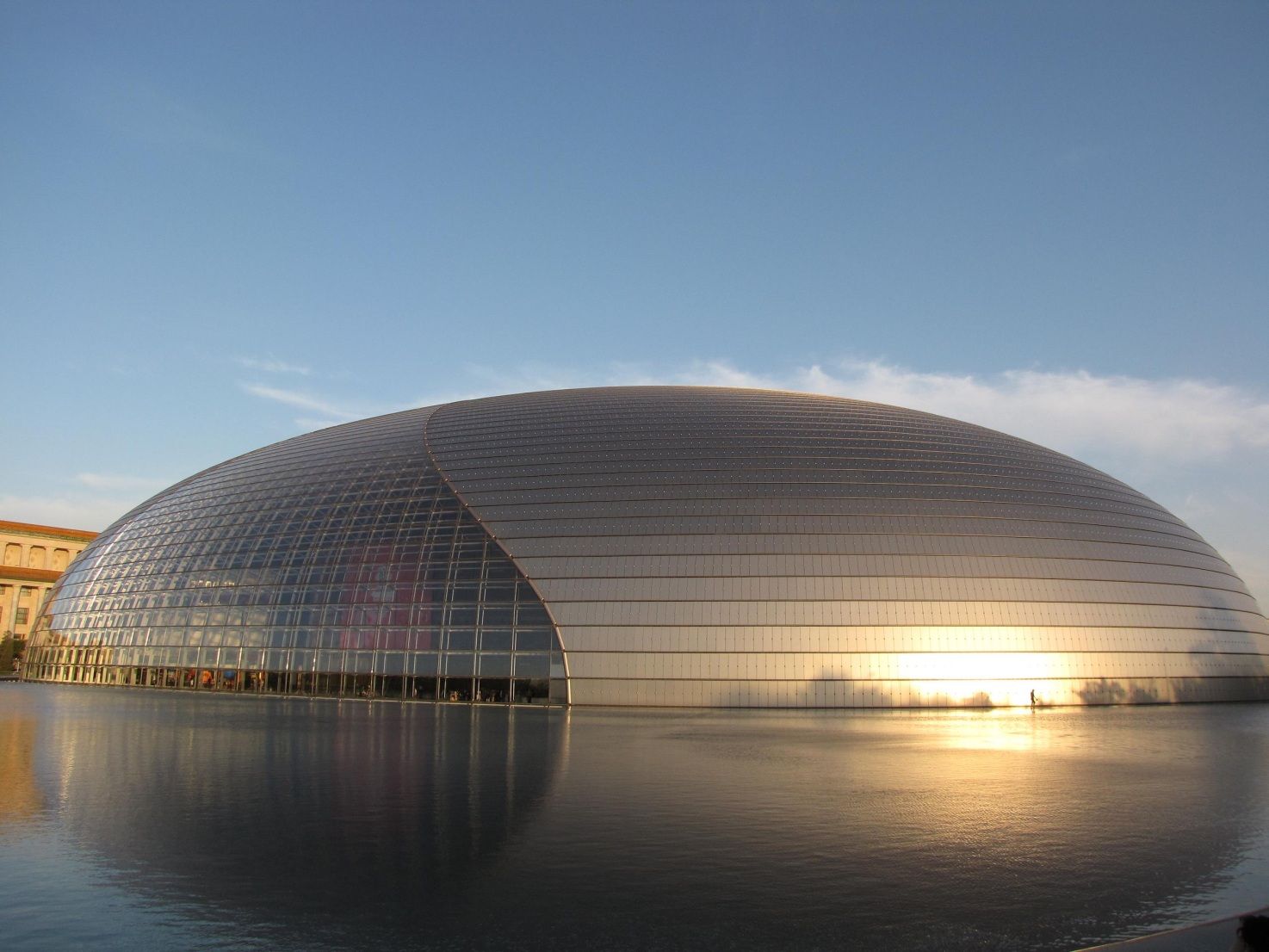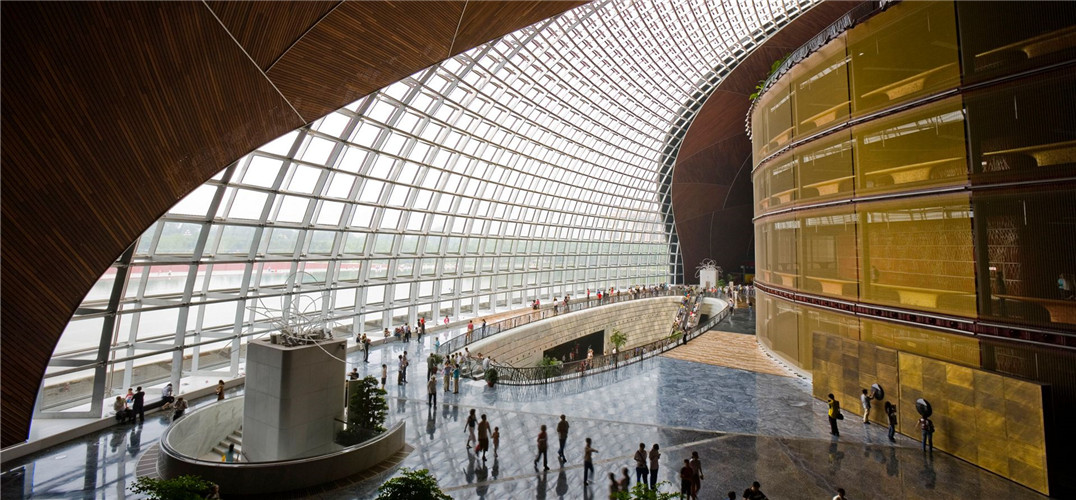

 Architecture
Architecture
 Beijing Shi-BJ
Beijing Shi-BJ
 China
China


 Performing Arts
Performing Arts

 Music
Music

 Music
Gesang
Music
Gesang

 Music
Opera
Music
Opera

 Vacation and Travel
Vacation and Travel

Das chinesische Nationale Zentrum für Darstellende Künste (chinesisch 國家大劇院 / 国家大剧院, Pinyin Guójiā dà jùyuàn; englisch National Grand Theatre), auch als Chinesisches Nationaltheater oder Chinesische Nationaloper bezeichnet, ist ein großes Theater- und Operngebäude in der chinesischen Hauptstadt Peking.
Es befindet sich in der Innenstadt westlich des Tian’anmen-Platzes und der Großen Halle des Volkes im Pekinger Stadtbezirk Xicheng.
Das von dem französischen Architekten Paul Andreu entworfene Gebäude wurde 2007 eröffnet. Es gilt durch seine eiförmige spektakuläre Außen- und Innenansicht – ellipsenförmig, aus Glas und Titan, an das traditionelle Yin-und-Yang-Motiv erinnernd, umgeben von einem künstlichen See – als eine der modernen architektonischen Sehenswürdigkeiten der Stadt.
Es ist eine Spielstätte für nationale und internationale Theater-, Opern-, Musik- und Tanzaufführungen.
国家大剧院占地11.893万平方米,总建筑面积149520平方米,主体建筑由外部围护结构和内部歌剧院、戏剧场、音乐厅和公共大厅及配套用房组成。国家大剧院共設有5473个座位,其中歌剧院席位2416个,戏剧院席位1040个,音乐厅席位2017个。外部围护钢结构壳体呈半椭球形,其平面投影东西长212.20米,南北宽143.64米,建筑物高46.285米,基础埋深的最深部分达到32.5米。椭球形屋面主要采用钛金属板饰面,中部为渐开式玻璃幕墙。椭球壳体外环绕人工湖,湖面面积达35500平方米,各种通道和入口都设在水面下。
中国国家大劇院(ちゅうごくこっかだいげきいん)は2007年9月に完成した中国北京の中心部に位置する国立劇場である。天安門広場の西側にあり人民大会堂にも隣接する。
2004年に着工。総工費は32億元。設計者はシャルル・ド・ゴール国際空港などを手がけたフランスの建築家ポール・アンドリュー[1]。外観では卵の形にしたドーム型の施設で、2,416席のオペラ劇場2,017席収容の音楽ホール、1,040席収容のコンサートホール等がある。
元々は1998年に当時の江沢民党総書記・国家主席が、国家大劇院を建設すると発表したことに始まり、2007年12月に正式にこけら落とされた。
こけら落とし公演はガラコンサートで、開場記念事業にはマリインスキー・オペラや、小澤征爾指揮中国国家交響楽団のジルベスターコンサートなどが2008年4月まで続けられた。
The National Centre for the Performing Arts (NCPA) (simplified Chinese: 国家大剧院; traditional Chinese: 國家大劇院; pinyin: Guójiā dà jùyuàn; literally: National Grand Theatre), and colloquially described as The Giant Egg (巨蛋), is an arts centre containing an opera house in Beijing, People's Republic of China. The Centre, an ellipsoid dome of titanium and glass surrounded by an artificial lake, seats 5,452 people in three halls and is almost 12,000 m² in size. It was designed by French architect Paul Andreu. Construction started in December 2001 and the inaugural concert was held in December 2007.
Le Centre national des arts du spectacle, précédemment appelé le Grand Théâtre national (en chinois 国家大剧院), est un bâtiment de Pékin comprenant dans 150 000 m2 une salle d’opéra de 2 416 places, une salle de concert de 2 017 places, et un théâtre de 1 040 places. Il est couramment appelé de manière un peu abusive l’opéra de Pékina, ou localement l’Œuf. Le bâtiment est situé sur l'avenue Chang'an (长安街), en plein centre historique de Pékin, face au parc de Zhongnanhai, immédiatement à l’ouest de la place Tian'anmen (dont il est séparé par le palais de l'Assemblée du Peuple) et au sud-ouest de la Cité interdite.
Cette construction qui a été inaugurée en décembre 2007 après six ans de travaux, a été conçu par l’architecte français Paul Andreu.
Elle consiste en un dôme de titane et de verre en forme d’ellipse, évoquant le motif traditionnel du yin et du yang, et entouré d’un lac artificiel qui lui donne l'impression de flotter sur l'eau. On accède à l'entrée principale qui se trouve au nord du bâtiment par l'intermédiaire d'une large esplanade inclinée permettant de pénétrer dans l'édifice en passant sous le lac.
Il Centro Nazionale per le Arti dello Spettacolo (国家大剧院S, Guójiā dà jùyuànP, letteralmente "Grande Teatro Nazionale"), noto come l'Opera di Pechino o, più familiarmente, L'uovo, è un teatro d'opera a Pechino, Repubblica Popolare Cinese.
Il Centro, una cupola ellissoidale di titanio e vetro circondata da un lago artificiale, comprende in un'area di oltre 200.000 m² una sala per l'opera di 2.416 posti, una sala concerti con 2.017 posti ed un teatro di 1.040 posti.
È stato progettato dall'architetto francese Paul Andreu. La costruzione è iniziata nel dicembre 2001 e il concerto inaugurale si è tenuto nel dicembre 2007. Il teatro è una cupola ellissoide in titanio, interrotta in direzione nord-sud da un rivestimento in vetro che si allarga gradualmente dall'alto verso il basso; si tratta di oltre 18.000 lamine di titanio ed oltre 1000 di vetro ad alta trasmissione luminosa. È stato progettato come qualcosa di emblematico che potesse essere immediatamente riconoscibile. La cupola misura 212 metri da est ad ovest, 144 da nord a sud ed è alta 46 metri. Gli ospiti giungono dal lato nord dopo aver camminato attraverso un corridoio lungo 80 metri passante al di sotto la superficie del lago.
El Gran Teatro Nacional de China, también conocido como «El Huevo», es un teatro de ópera en Pekín (República Popular China). Abrió sus puertas en junio de 2007. El arquitecto francés Paul Andreu fue el encargado de diseñarlo, con una planificación de coste inicial de unos 2.688 millones de yuanes. El teatro puede acoger hasta 6.500 personas en sus 200.000 m² de superficie.









